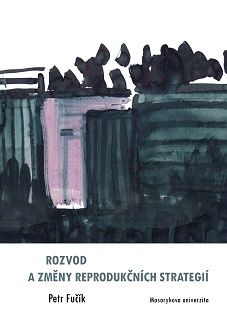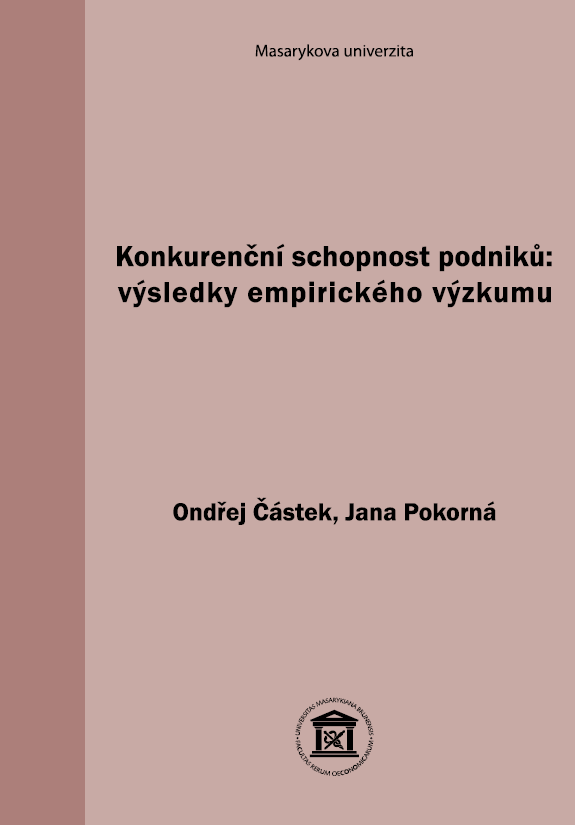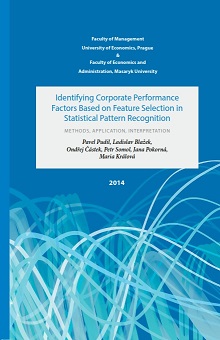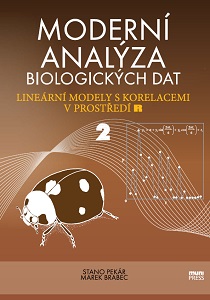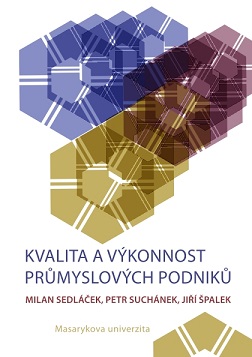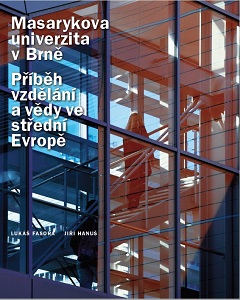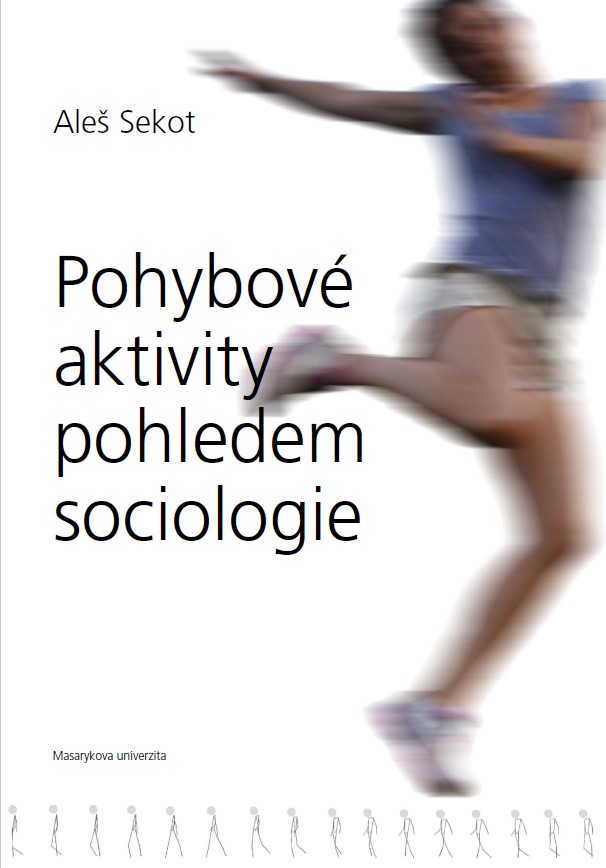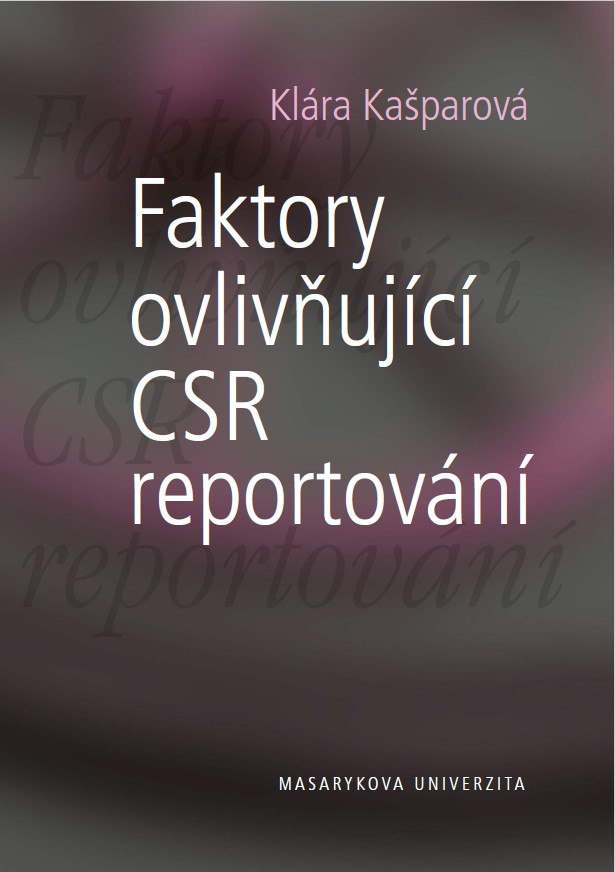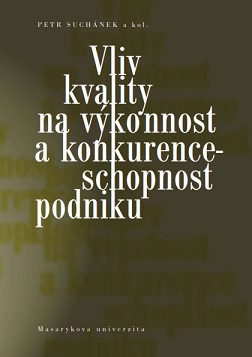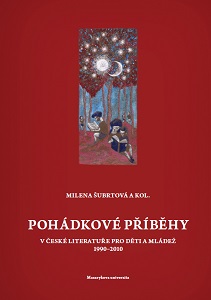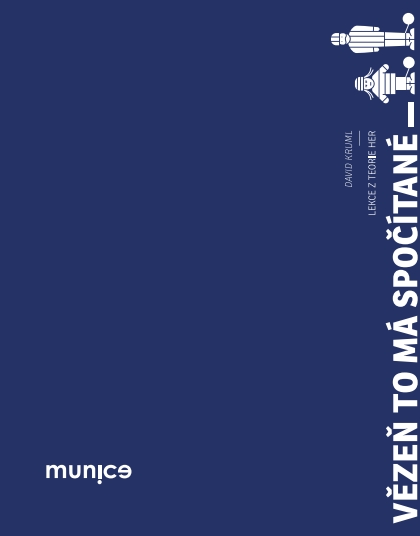
Games of Life. Czech Reproductive Biomedicine. Sociological Perspectives
Reproductive medicine is an attractive field for sociological inquiry for several reasons. Seemingly “natural” processes tackled by it, such as sexuality, conception or childbirth, are targets of biopower in every society as an attempt to tame life to fit within the borders outlined by these societies (Foucault 1999). They are a subject for fight over their definition, knowing and naming, delimiting normality, desirability and merit. Reproductive medicine is approached here as a representative of the three typical are as where current biopower/biopolitics is manifest, as identified in 2006 by Paul Rabinow and Nikolas Rose in their text Biopower Today, the others being genomics and the reconstituted idea of race (Rabinow and Rose 2006).
More...
